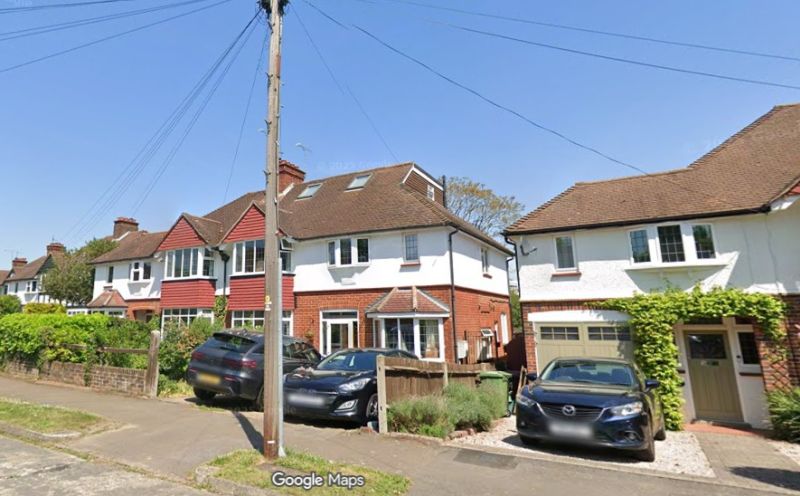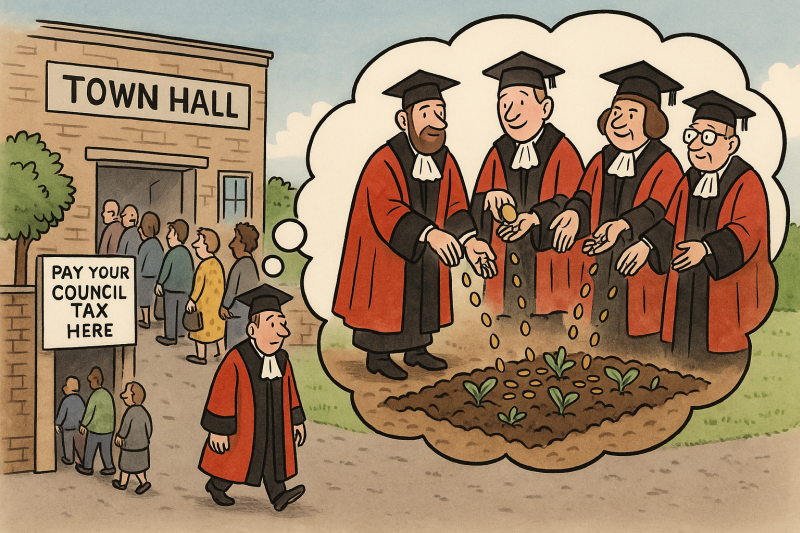A uniform approach to Epsom’s schools
Epsom and Ewell’s new M.P., Helen Maguire, has called on local schools to address the growing concern over costly school uniforms, reaching out to 15 headteachers on 5th September. In her letter, Maguire urged schools to avoid placing unnecessary financial pressure on families by requiring expensive branded uniforms and PE kits, reflecting concerns raised by parents in her constituency.
Maguire highlighted the financial burden these branded items can create, stating, “It is important to consider if more costly branded kits are necessary.” She emphasised that schools should review their uniform policies, particularly in light of the current cost of living crisis.
Schools are already required to follow statutory guidelines on uniform policy, ensuring that the cost of uniforms does not become a barrier for parents when choosing schools. According to this guidance, schools must ensure uniforms are affordable, minimise the use of branded items, attempt to avoid restrictive single-supplier contracts, and offer second-hand uniforms at reduced prices.
In her communication with headteachers in the local area, Maguire pointed to this statutory guidance and suggested that generic, unbranded items from low-cost retailers should be allowed in school uniform policy.
The available data on the average cost of school uniforms, however, remains up for debate. The Schoolwear Association claims the average cost of compulsory secondary school uniforms and sportswear is £101.19 per pupil. In contrast, research by The Children’s Society suggests that parents spend an average of £422 a year on secondary school uniforms.
An official branded school sports polo top will typically be in the price range of £10 and £15, whereas a pack of two unbranded sports polo shirts from a lower-cost retailer like ASDA can be purchased for around £4-6. In this case, Maguire’s suggestion to allow generic, unbranded clothing could offer struggling families much-needed relief amidst a cost of living crisis.
However, there are differing views on the role of uniforms in schools, and Maguire’s approach seems to forget the findings of some of the great minds of Sociology. For instance, Stanley Cohen made the argument that reducing visible differences in dress can help lower social tensions among young people. Renowned sociologist, Émile Durkheim believed that uniforms helped in fostering a sense of community and solidarity, while David Brunsma argued that consistent dress codes promote social equality and reduce status competition based on clothing.
While it’s entirely reasonable to want to relieve struggling families of unnecessary financial burdens, it’s also important to recognise the value of maintaining uniformity in school dress. The potential impact on children’s welfare in a school environment ought to be considered when considering such changes.
The Epsom & Ewell Times reached out to multiple schools in the local area for comments on Maguire’s stance on the cost of school uniforms. As of now there has been no comments, we await a response to these three questions:
- How are you addressing concerns around the cost of school uniforms and PE kits for families?
- Are there any plans to introduce or expand the availability of unbranded or second-hand options for your pupils?
- What measures are in place to ensure that uniform costs do not become a barrier for students attending your school?
As the conversation continues, it remains to be seen whether local schools will adapt their uniform policies to ease the financial strain on families, while still maintaining the sense of unity, equality and school pride that branded uniforms are said to have.
Image: Kindermel under Creative Commons Attribution-Share Alike 4.0 International license.















